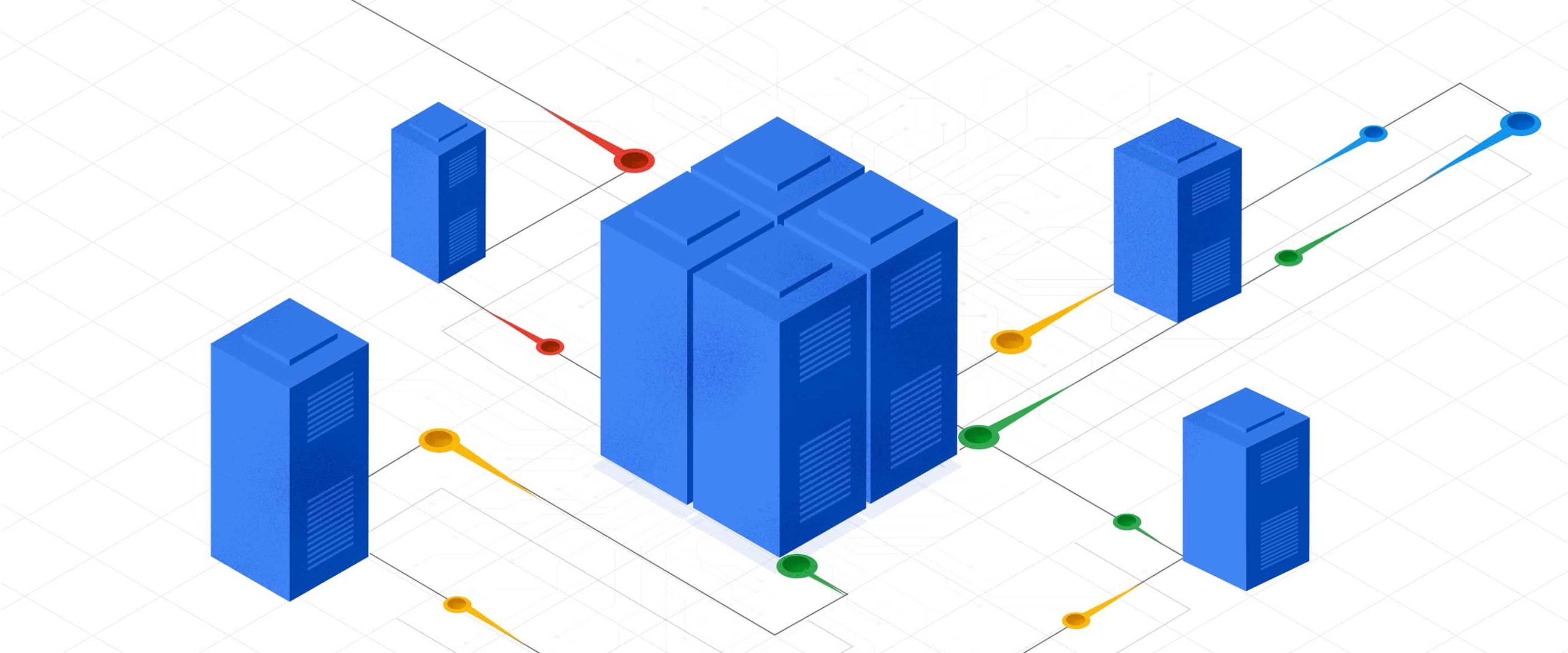Phoronix: Google Has A Problem With Linux Server Reboots Too Slow Due To Too Many NVMe Drives
Hyperscaler problems these days? Linux servers taking too long to reboot due to having too many NVMe drives. Thankfully Google is working on an improvement to address this where some of their many-drive servers can take more than one minute for the Linux kernel to carry out its shutdown tasks while this work may benefit other users too albeit less notably...
Hyperscaler problems these days? Linux servers taking too long to reboot due to having too many NVMe drives. Thankfully Google is working on an improvement to address this where some of their many-drive servers can take more than one minute for the Linux kernel to carry out its shutdown tasks while this work may benefit other users too albeit less notably...




Comment